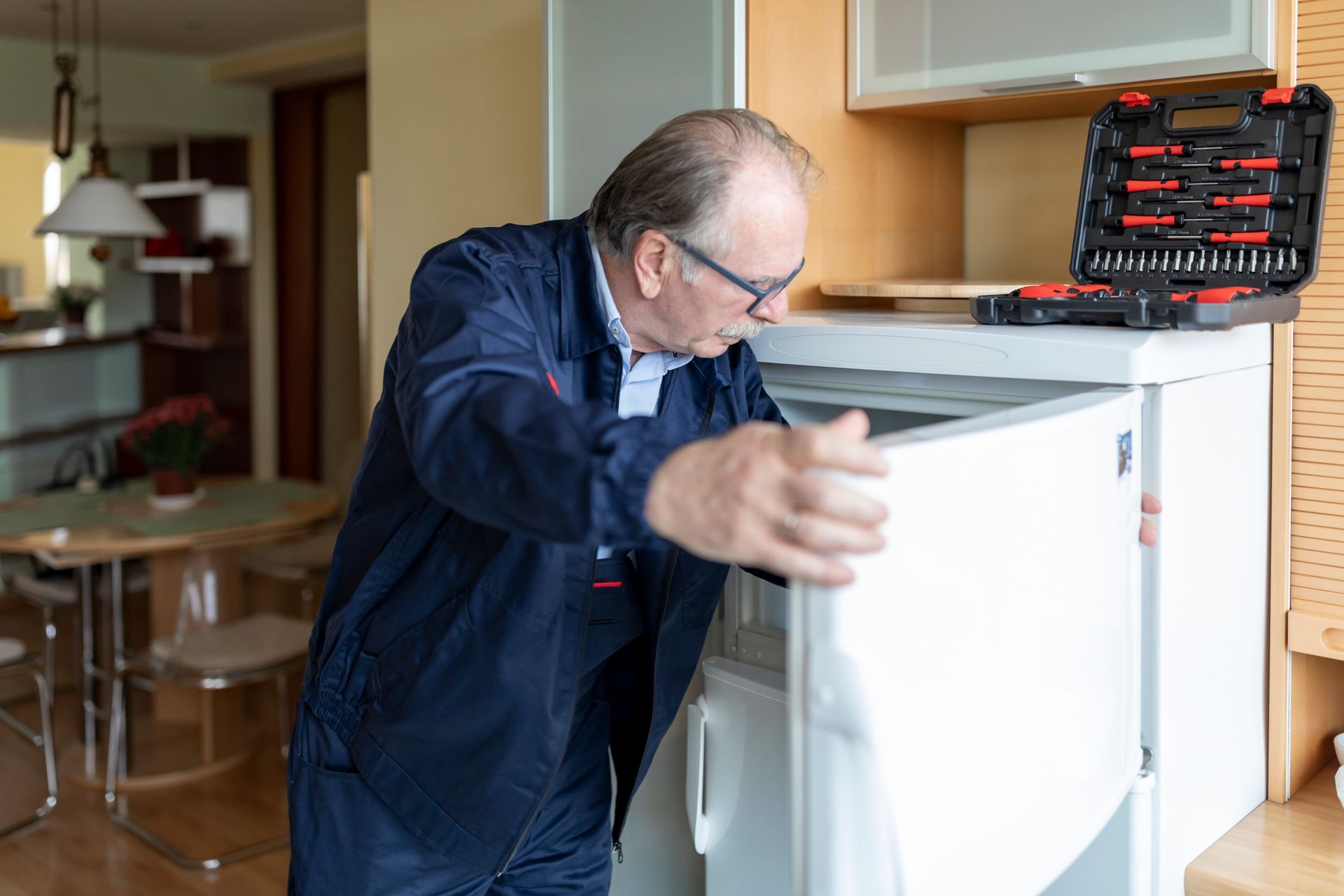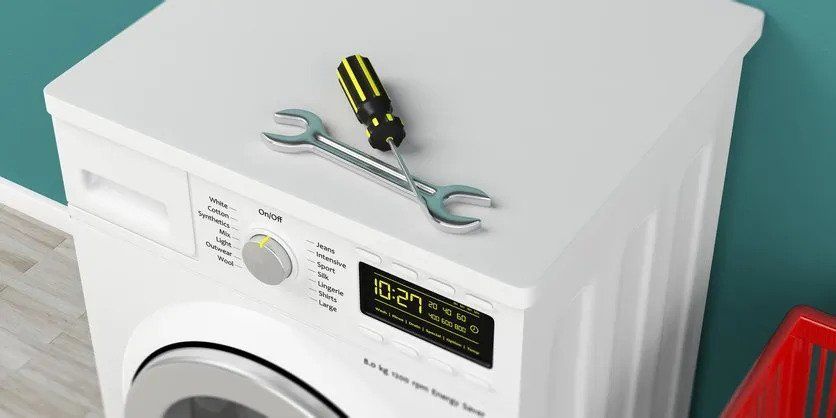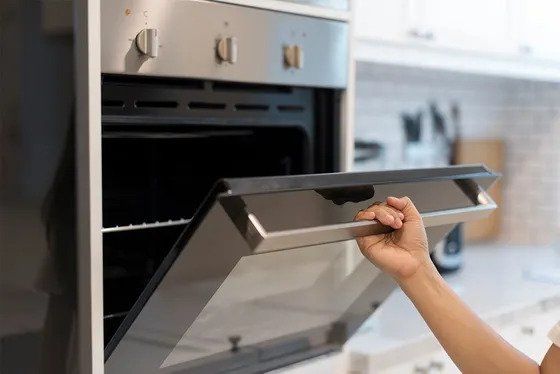Ways You May Hurt Your Refrigerator or Freezer
Refrigerators are an expensive yet necessary investment. Depending on how fancy you want your fridge to be, expect to pay between $900 and $8000 for a new one. Fortunately, that new fridge can last as long as 15 years as long as you treat it right.
How long will your fridge or freezer last? Look at some of the ways you might hurt your expensive appliance and what you should do instead.
Where You Place Your Appliance
Refrigerators and freezers both operate on the same principle. Refrigerant absorbs heat within the appliance and passes it through a series of coils designed to release that heat outside, usually at the back or bottom. The result is a cold or freezing interior. The compressor motor is responsible for this process and is the sound you hear when the fridge runs.
Where you place your fridge is important because you might prevent those coils from being able to release their heat. When coils cannot perform this task properly, the condenser must work harder and will ultimately fail before it should.
If your fridge or freezer has coils located down the length of its back, make sure your fridge is not too close to the wall. The same concept applies to any surrounding custom cabinetry. Have at least one inch of space at the back and sides of the fridge to allow heat to escape.
How You Take Care of Your Appliance
Those same coils behind your fridge need more than the right amount of space to breathe. You need to keep the coils clean in order to dissipate heat effectively. Lightly dust with a cloth or vacuum attachment to keep dust and cobwebs off, which allows heat to escape.
If the coils are below the fridge, vacuum underneath with the wand attachment of your vacuum. For extra reach below the fridge, add an empty paper towel roll to the end of the vacuum hose. Flatten one end to access the small space better.
Using the right power source for your fridge is another way to care for it properly. Only plug a fridge or freezer into an approved outlet containing three prongs for grounding. Don't use an extension cord. Most cords cannot handle the power amperage, and this raises the risk for electrical shocks and fires.
How You Use Your Appliance
Using your fridge correctly extends its life. However, you can use a fridge improperly.
Don't fill the fridge or freezer with too much food. When cartons, boxes, and bags of food are completely stacked to the top and sides, this leaves less room for cold air to circulate. Poor air circulation results in uneven temperature, prompting the fridge to work harder to compensate.
Over-stocking an appliance with food also blocks important vents located within the fridge or freezer, resulting in similar problems with air circulation. Instead, clean out your appliance regularly to help prevent over-filling and rearrange items so you don't block vents.
If your fridge has a water and ice dispenser, make sure you replace the filter regularly. If your neighborhood is prone to hard water, the filter becomes dirty quickly as it fills with minerals. A dirty filter can lead to a clogged or leaking water line.
How You Transport Your Appliance
If you plan to move in the future and your fridge will come with you, a proper way exists to transport your appliance. When you move the fridge, never lay it down on its back or side. Instead, keep it upright and use an appliance dolly to move it. This allows important compressor and refrigerant fluids to remain in place.
If you suspect something is wrong with your fridge or freezer, repairing it is often less expensive than buying a brand new appliance. Visit Appliance Repair Solutions for help getting your fridge or freezer running more efficiently again.









